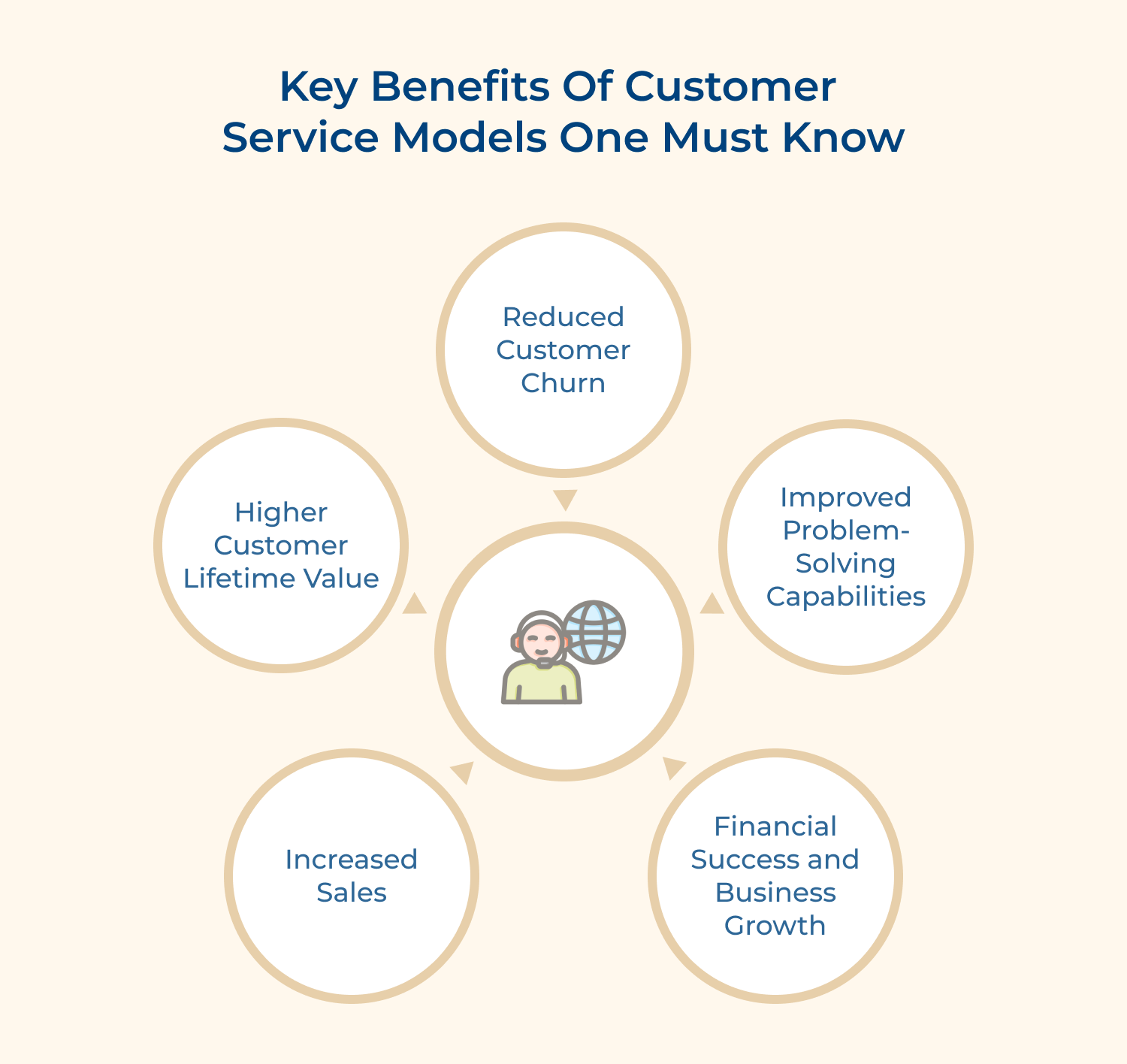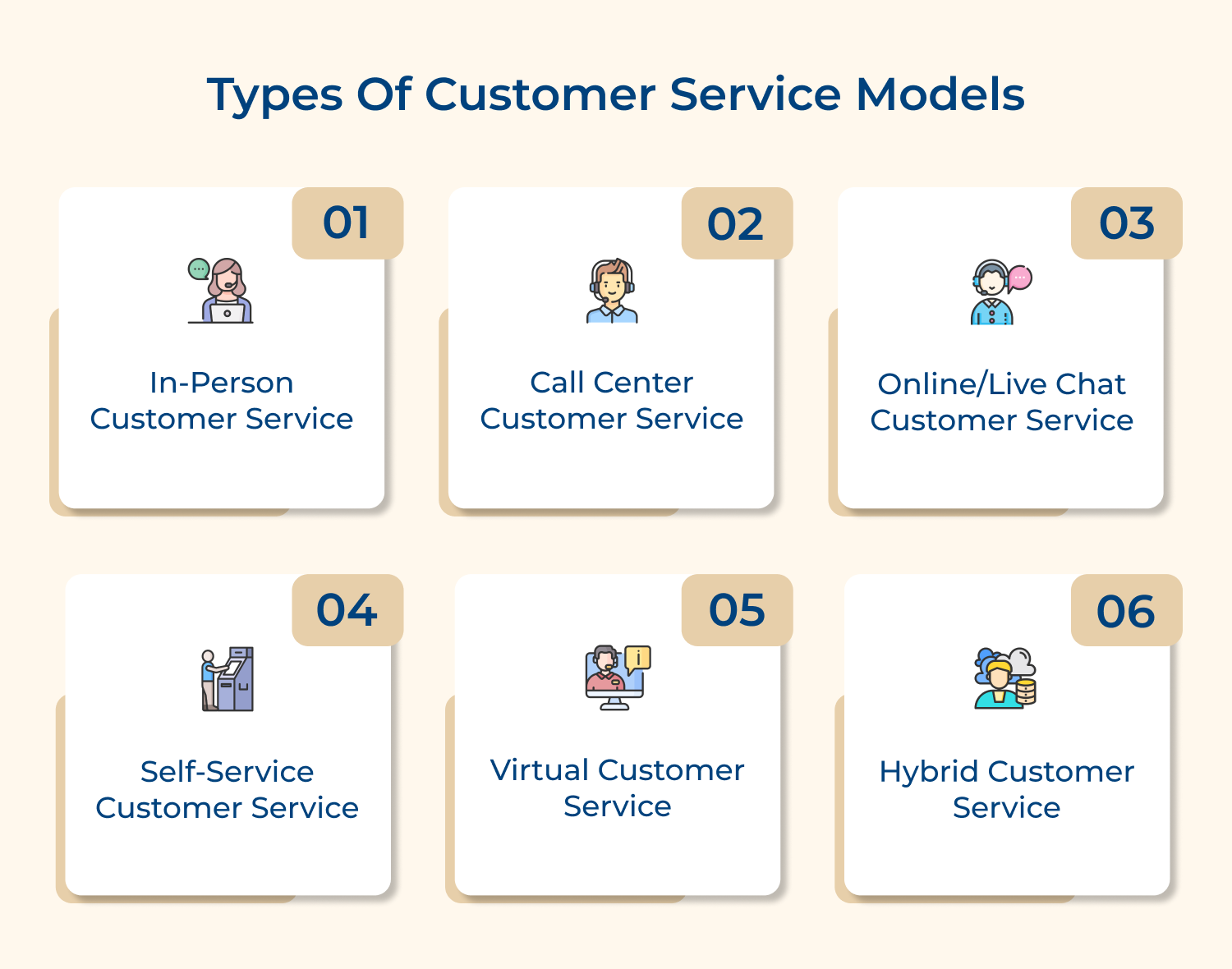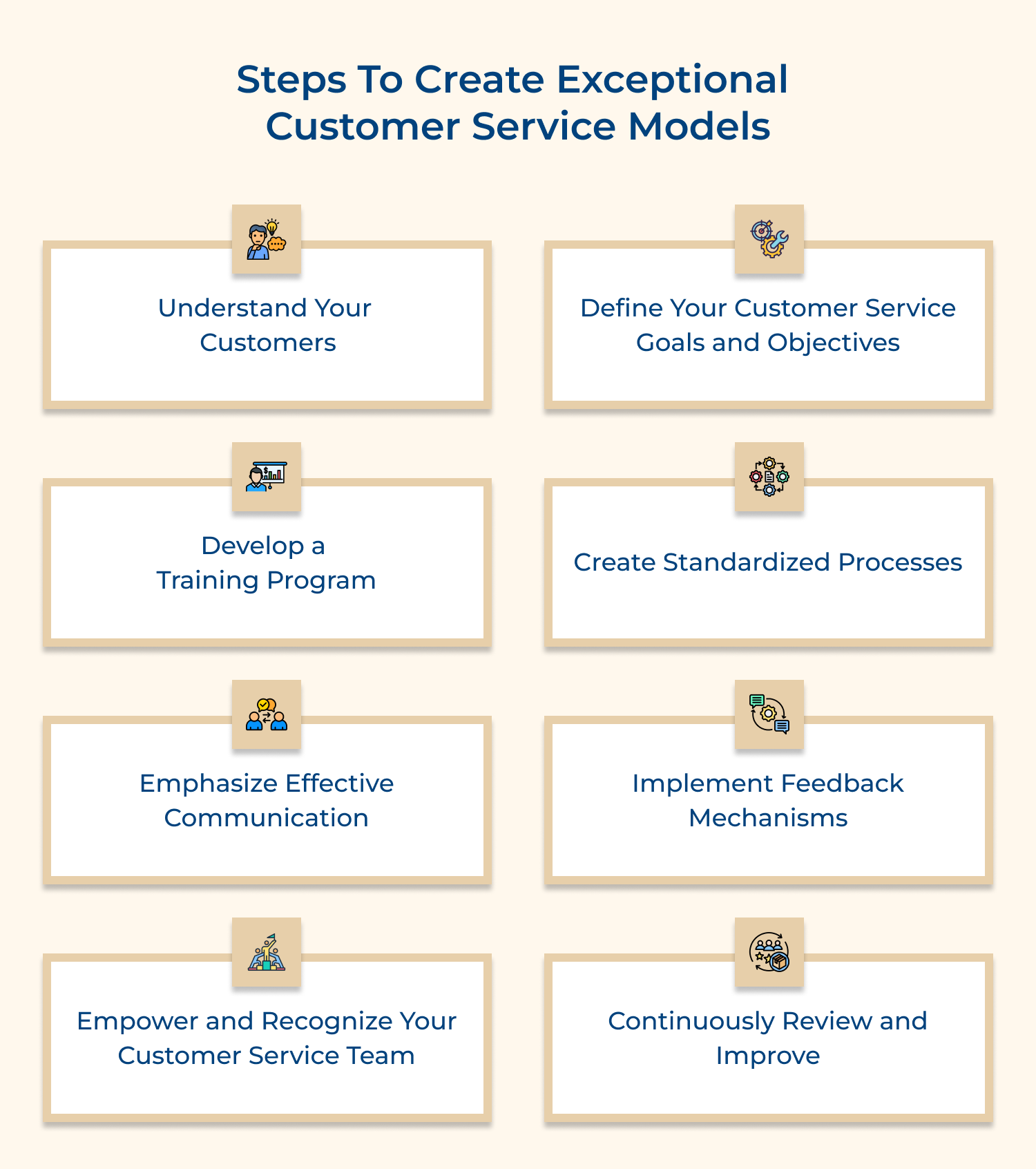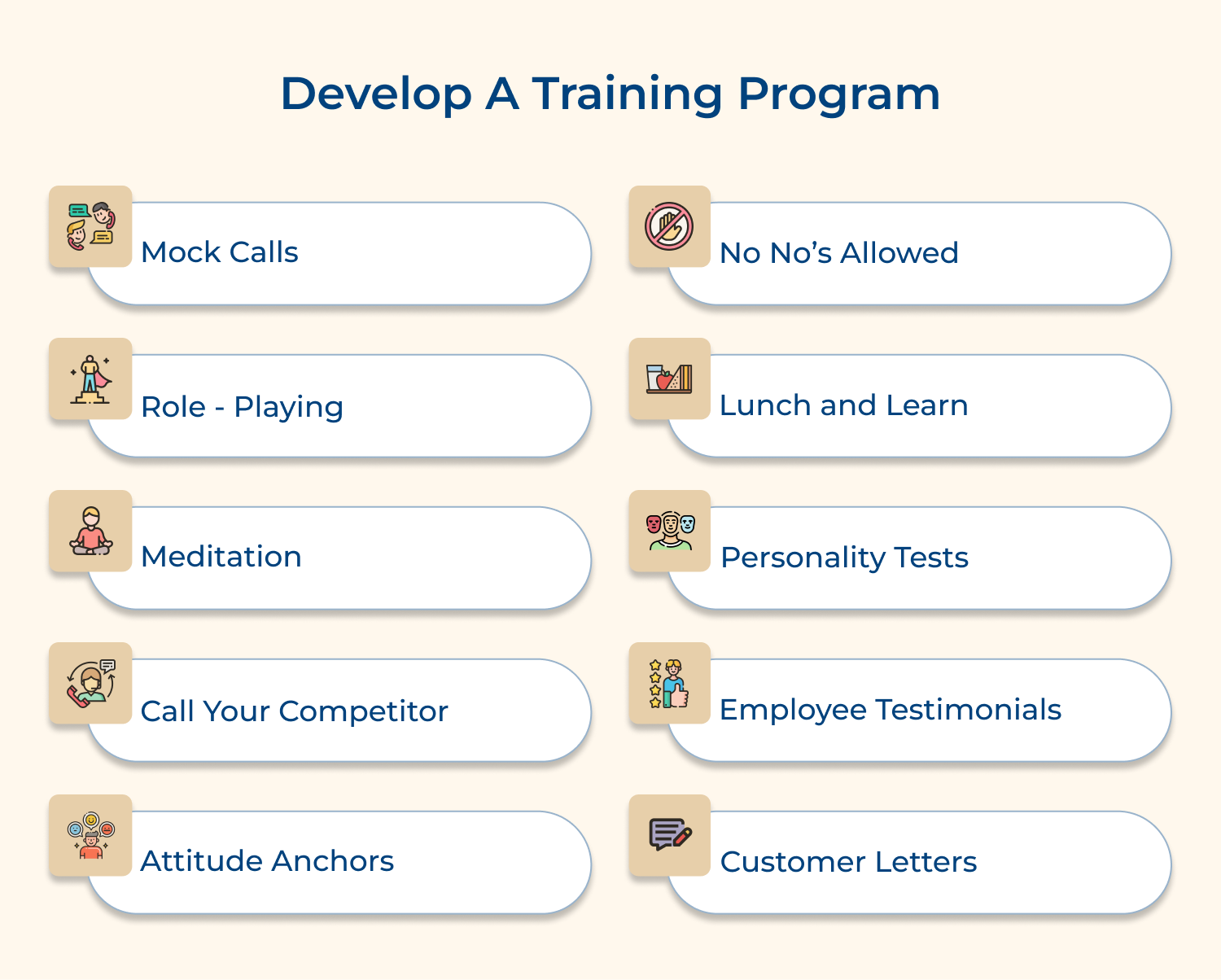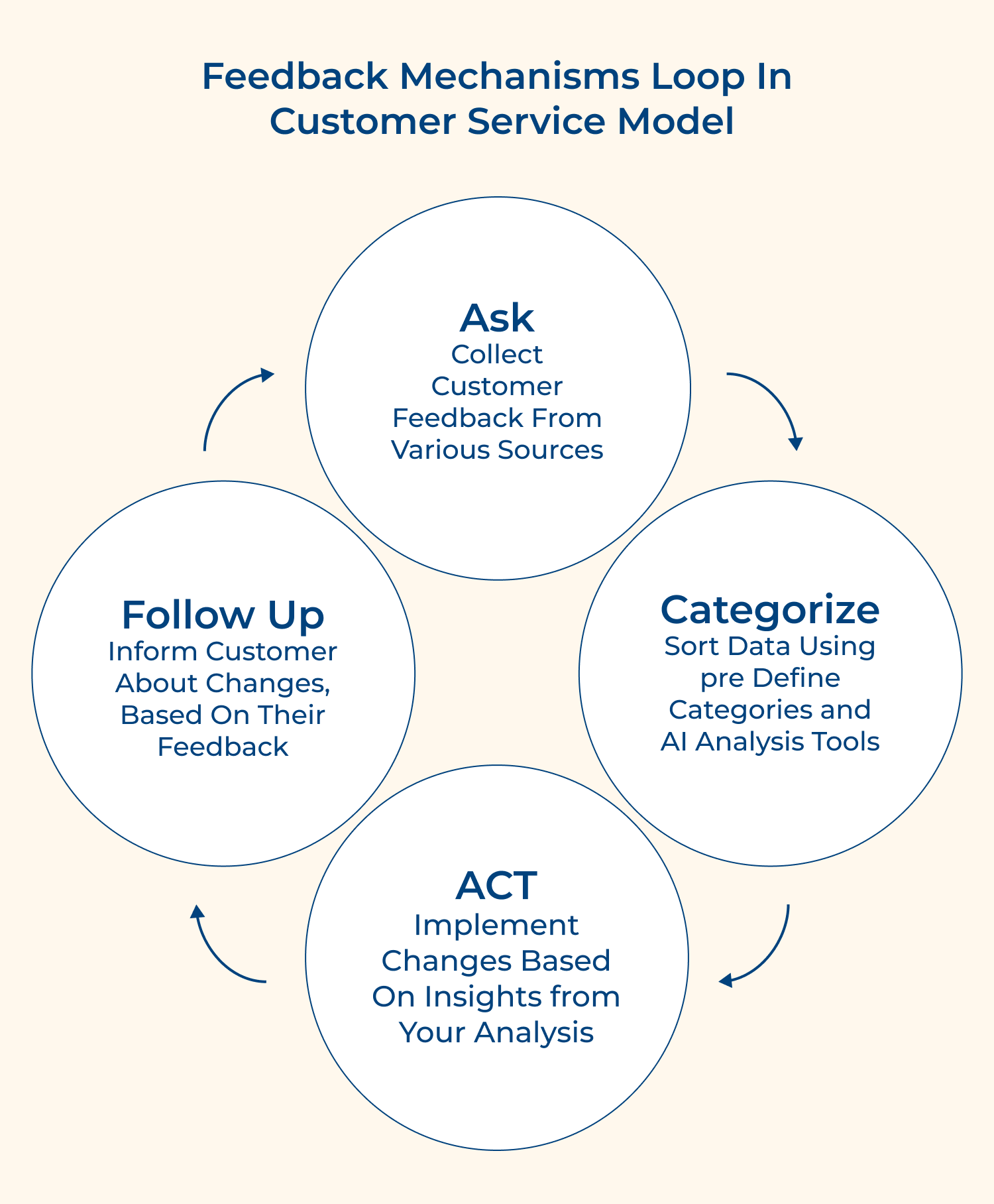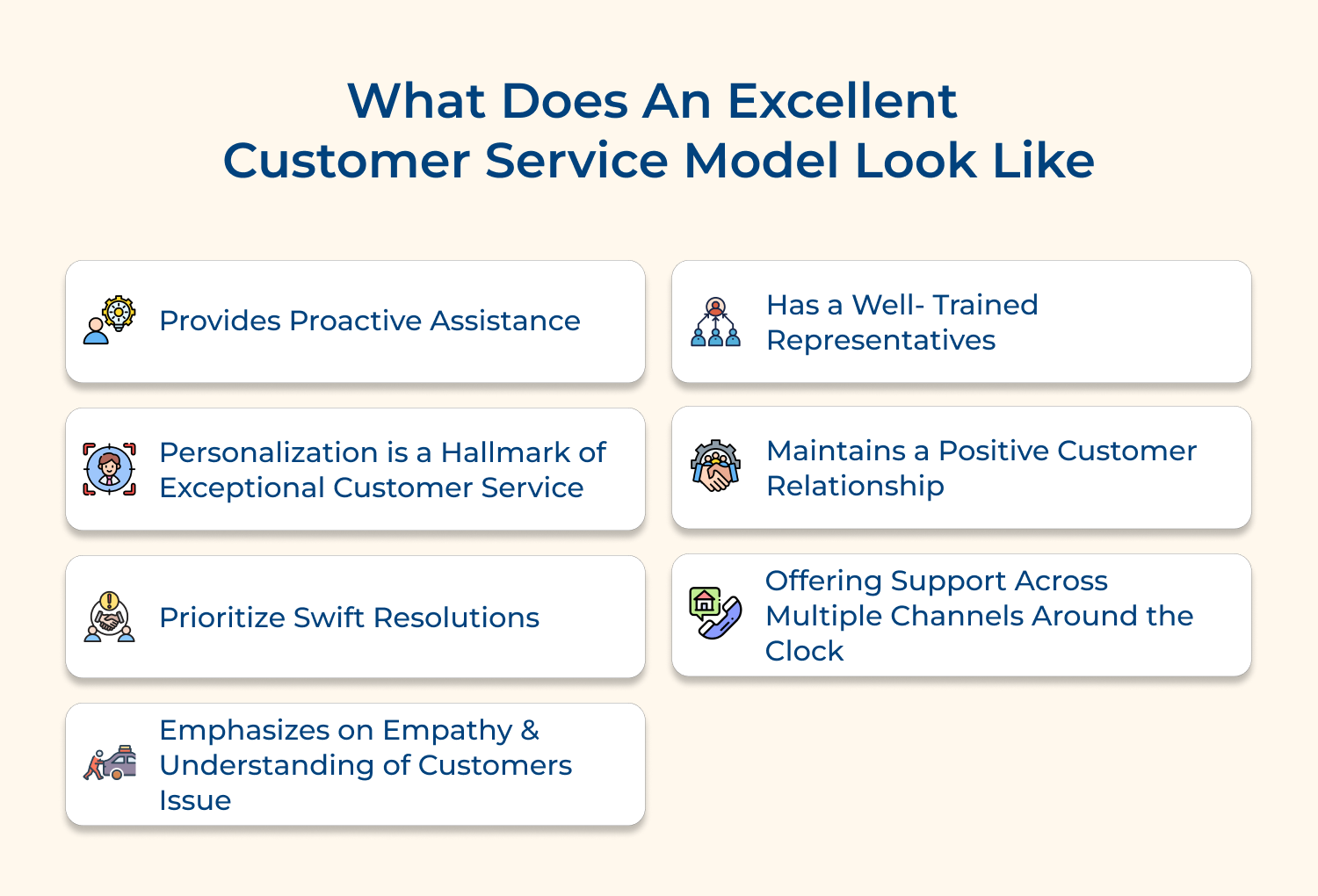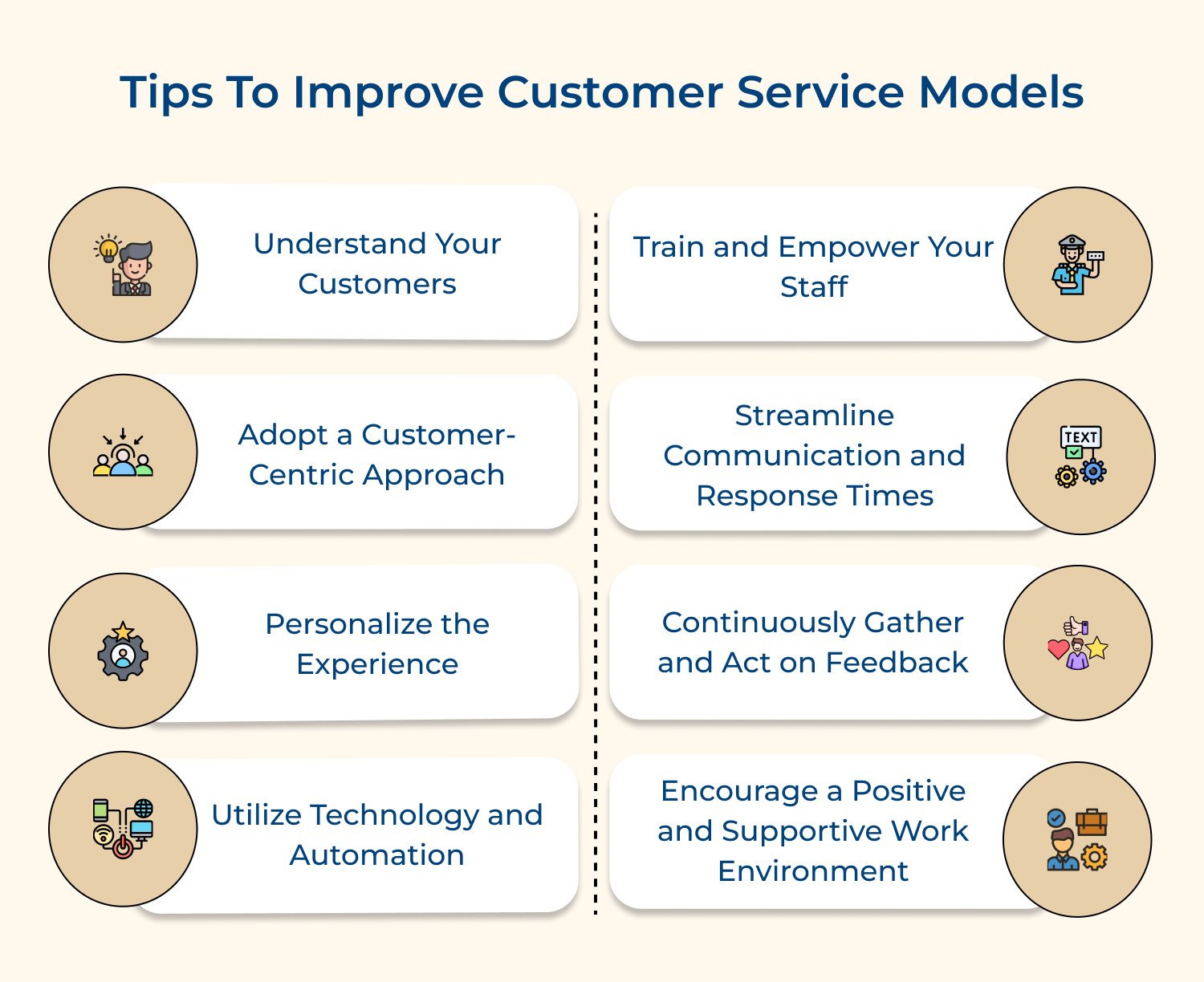- Understand Your Customers
Take the time to understand your customers’ needs, preferences and expectations. Conduct market research and gather feedback to identify areas for improvement while also tailoring your customer service approach to meet their specific needs.
- Train and Empower Your Staff
Your frontline staff are often the face of your company and play a crucial role in delivering exceptional customer service. Invest in comprehensive training programs to equip your employees with the necessary knowledge to handle different customer service situations effectively. Empower them to make decisions, solve problems and go the extra mile to exceed customer expectations.
- Adopt a Customer-Centric Approach
Make customer satisfaction and happiness your top priority. Ensure that every department and employee in your organization understands the importance of delivering outstanding customer service. Develop a customer-centric culture where everyone is aligned with the goal of providing excellent service at every touchpoint.
- Streamline Communication and Response Times
Customers expect prompt and efficient communication. Ensure that your customer service channels, such as phone, email, chat, social media etc. are easily accessible and manned by well-trained professionals. Aim to respond to customer inquiries in a timely manner, showing that you value their time and concerns.
- Personalize the Experience
Treat your customers as individuals by personalizing their experience. Use customer relationship management (CRM) tools to collect relevant information about your customers and leverage it to provide tailored recommendations as well as personalized offers. Remembering their preferences as well as previous interactions can make them feel valued and build long-lasting relationships.
- Continuously Gather and Act on Feedback
Open lines of communication with your customers and actively seek feedback on their experience. Surveys, reviews and social media monitoring can provide valuable insights into areas of improvement. Regularly analyze customer feedback and take prompt action to address any issues or concerns raised.
- Utilize Technology and Automation
Leverage technology to enhance your customer service models. Implement customer service software, chatbots and self-service portals to streamline processes as well as provide instant support. Automating routine tasks and inquiries can free up your staff’s time to focus on more complex customer needs.
- Encourage a Positive and Supportive Work Environment
Happy employees are more likely to provide excellent service. Impart a positive work environment by recognizing as well as rewarding exceptional customer service efforts. Encourage teamwork, collaboration, continuous learning, etc to keep your employees engaged and motivated.
Examples of Brands with Top Customer Service Models
The models serve as frameworks to guide businesses in delivering outstanding customer service consistently. Here are some examples of customer service models that businesses have successfully implemented:
1. The Ritz-Carlton: “The Credo”
The Ritz-Carlton is renowned for its legendary customer service. Their customer service model, known as “The Credo,” focuses on creating memorable experiences for guests. It emphasizes values such as providing the finest personal service and anticipating guest’s needs. The Ritz-Carlton empowers every employee to take ownership of guest satisfaction, creating a culture of exceptional customer service.
2. Zappos: “Delivering Happiness”
Zappos, an online shoe as well as clothing retailer, is famous for going above and beyond to ensure customer satisfaction. Their customer service model revolves around their core value of “Delivering Happiness.” It encourages employees to build personal connections with customers, providing authentic and personalized experiences. They prioritize customer satisfaction over traditional metrics like call times, building a customer-centric culture.
3. Nordstrom: “The Nordstrom Way”
Nordstrom is known for its excellent customer service, which is deeply ingrained in their organizational culture. Their customer service model, known as “The Nordstrom Way,” focuses on building trust and long-lasting relationships with customers. It empowers employees to make decisions, resolving customer issues efficiently. They prioritize customer loyalty and satisfaction, creating a strong foundation for customer relationships.
4. Apple: “Genius Bar”
Apple’s customer service model centers around their “Genius Bar,” a support station located within their retail stores. Customers can make appointments or walk in with technical issues and receive personalized one-on-one assistance from knowledgeable Apple staff, known as “Geniuses.” The model creates a unique customer experience, combining convenience, expertise and personalization.
5. Amazon: “Obsess Over Customers”
Amazon has built its reputation on its customer-centric approach. Their customer service model is centered around the principle of “Obsess Over Customers.” Brand strives to exceed customer expectations by providing fast and reliable delivery, hassle-free returns and exceptional customer support. They focus on capturing customer feedback and constantly improving their services based on customer preferences.
Level Up your Business with Innovative Customer Service Models
Customer service is a vital aspect of any business. No matter how great your product or service may be, if your customer service is lacking, it can negatively impact your reputation and ultimately hinder your success. A customer service model is a strategy that guides how you interact with and support your customers.
Investing time and resources in developing a customer service model that puts customer satisfaction at the forefront can yield numerous benefits for your business. Focusing on customer needs while also delivering exceptional service, businesses can build strong relationships and create a positive impact on their bottom line.
